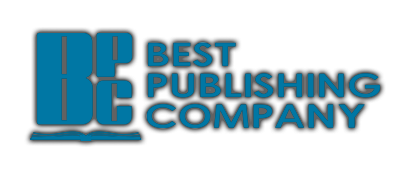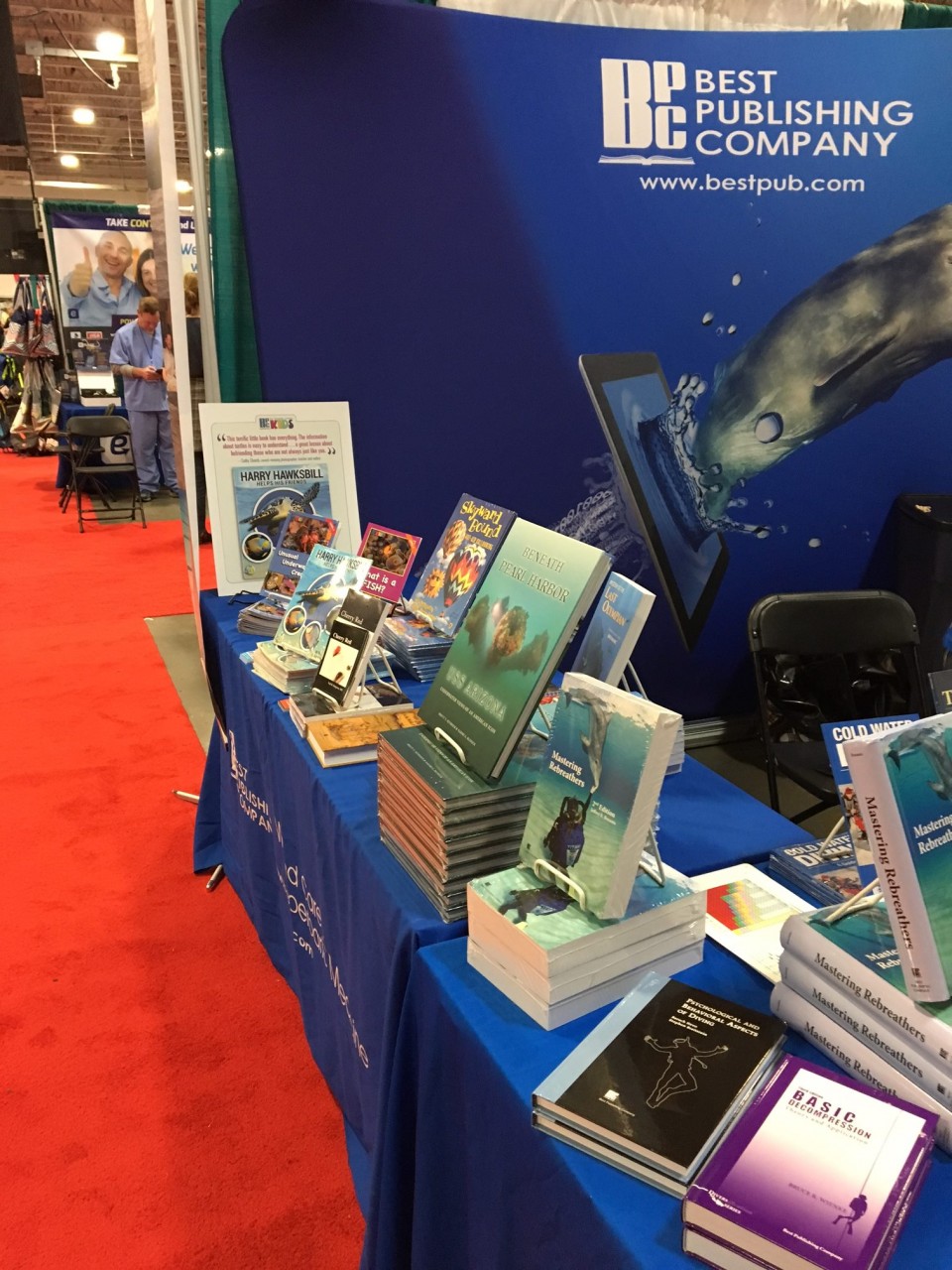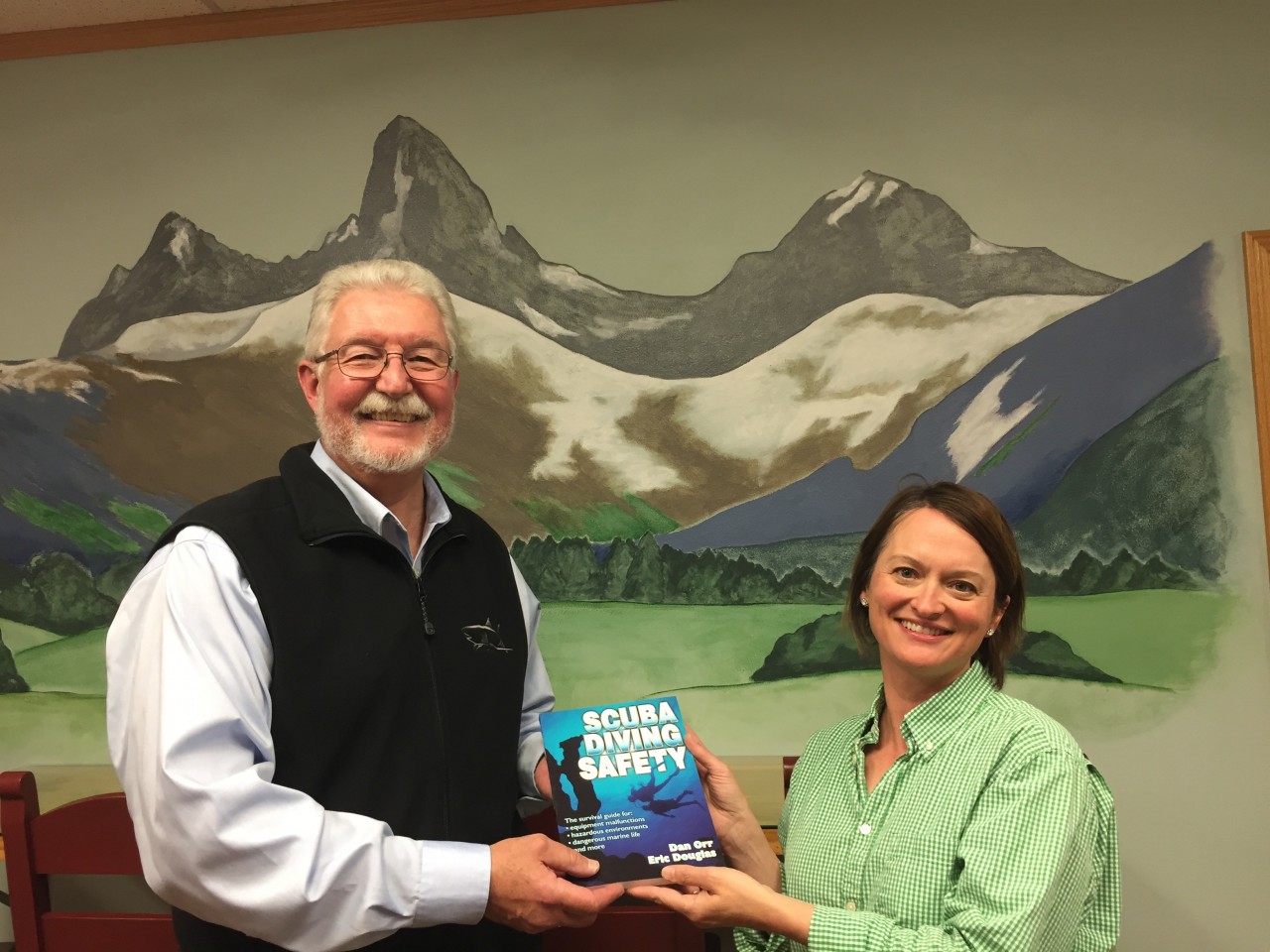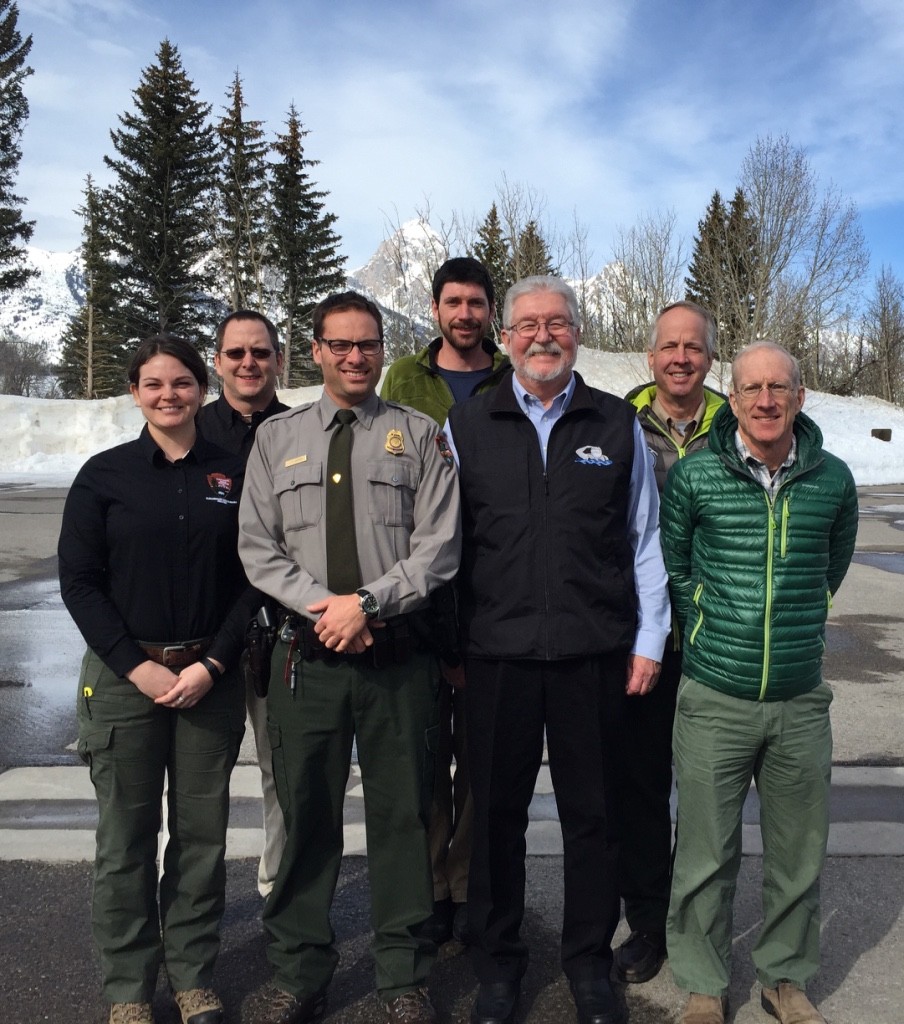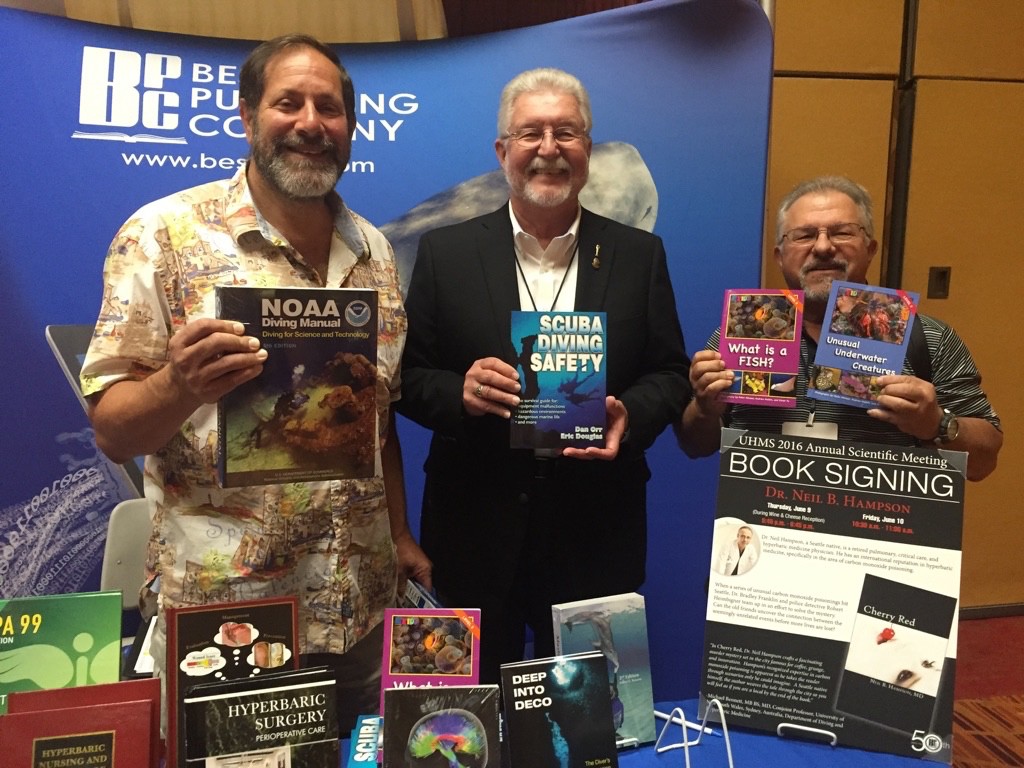Dr. Michael Strauss received the inaugural Best Publishing Company Lifetime Achievement Award on Thursday, June 28, 2018. The award was presented during the UHMS Annual Scientific Meeting in Orlando, Florida.
Holiday Customer Support Closure
Please note that our customer support will be closed for the holidays starting December 24th through January 4th.
DEPTH Blog
Our friends and colleagues at the Undersea and Hyperbaric Medical Society (UHMS) invite you to enjoy a complimentary copy of Pressure, the Society's bimonthly newsletter. |
Dan Orr, author of Scuba Diving Safety, recently returned from a trip to Antarctica. He shared these two videos for BestKids Club members to enjoy.
Recently Alese Pechter, author of Skyward Bound attended the BookExpo in New York City, NY. BookExpo is the largest trade book show in the USA. She was promoting her recently released children's book, Skyward Bound. While at the show, Alese had the good fortune of meeting and spending time with world famous author Mary Higgins Clark who was also at the show promoting her new book.
Dan Orr is no stranger to shark diving. In 2008 he took his first shark dive trip to Guadalupe Island, Mexico, and Dan was instantly hooked.
The Deepwater Horizon oil spill profoundly influenced my work, compelling me to create An American Immersion. After completing such an endeavor, the ever present question is what’s next? Its answer evolves with every new adventure. I just returned from Indonesia, and before I could complete my articles, I embarked on discovery in St. Croix.
Photo Caption: The decompression chamber aboard the USS Dixon where David Scalia suffered his third cardio-respiratory arrest. Dr. Greg Adkission successfully resuscitated David and remained with him in the chamber for 12 hours.
Photo Caption: Author Dan Orr participates in the Grand Teton National Park Winter EMS Refresher giving lectures on diving safety. As part of the refresher, Dan presented a copy of his book, Scuba Diving Safety, to the GTNP EMS Group for their library.
"Every time I submerge, a feeling of excitement and exploration fills me."
While it is approaching summer here in the northern hemisphere, down in Antarctica it is close to winter, where temperatures plummet to -50 degrees and darkness prevails for months. Scientists rarely dive under these conditions, but it has occurred in the past.
One of the reasons why author Paul Mila chose a sea turtle as the main character in Harry Hawksbill Helps His Friends was to bring sea turtles to the forefront of peoples' minds when thinking about ocean conservation.
NSF Polar Programs Diving Safety Officer prepares for a dive on the Poseidon Se7en rebreather under the ice in Antarctica. Wearing a dry suit with heated undergarments and dry gloves keeps the divers warm (enough) to do their work in the -1.8C water.
Curious to explore the undersea world, Alexander the Great used a glass diving bell to submerge himself below the surface. The fish, it is said, “crowded around him in homage.” In 332 BCE, he ordered soldiers to submerge inside diving bells and destroy the enemy’s underwater defenses.
Raja Ampat is a special place. Author Jennifer Idol is traveling this week to share her experiences exploring the cradle of our oceans.
"Current philosophy dictates that all dives, even those well within the no-stop limits of tables and computers, should include a controlled ascent (dictated by the diver's computer, tables, or personal or training philosophy) and a safety stop. Newly published research recommends slower ascent rates (slower than 60 feet, or 18.2 meters, per minute according to most tables) possibly coupled with multiple safety stops. Reading available data published by the training associations and DAN is a good way to become familiar with the latest information on ascent protocols.
Author Paul Mila, wrote Harry Hawksbill Helps His Friends to impart both a social message for young children and also to teach them about sea life.
